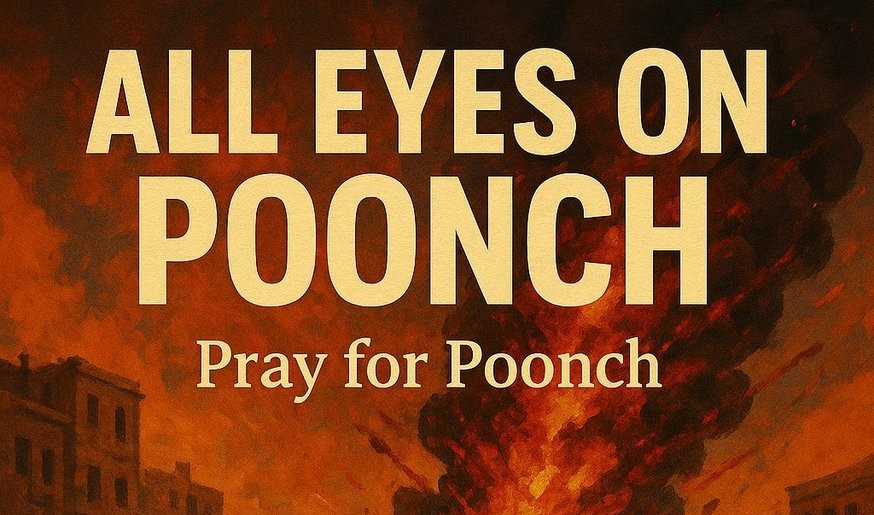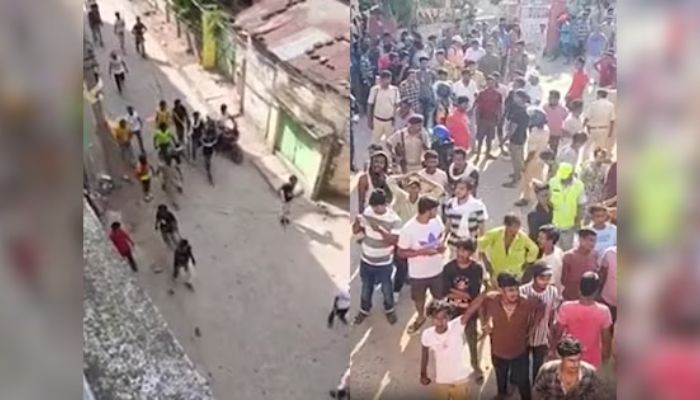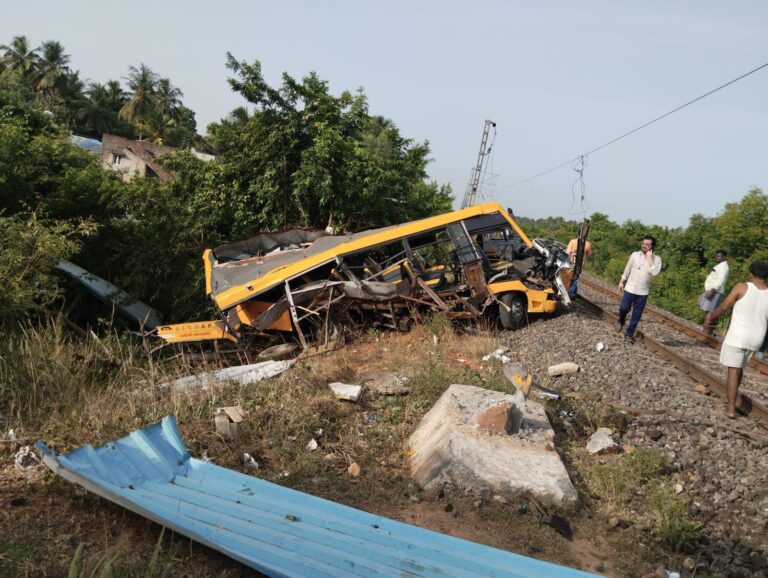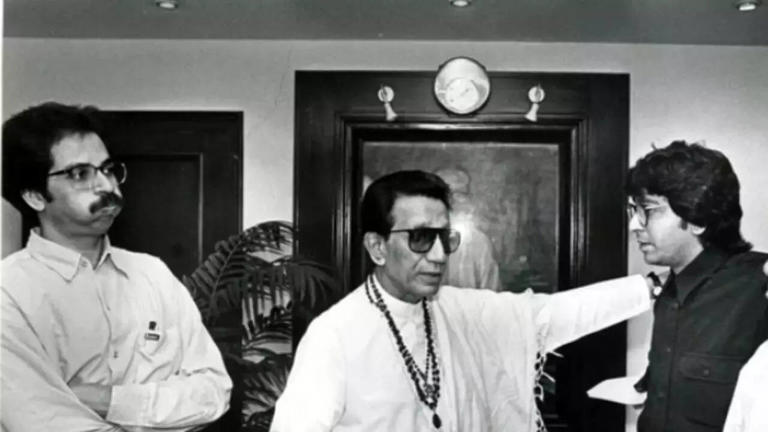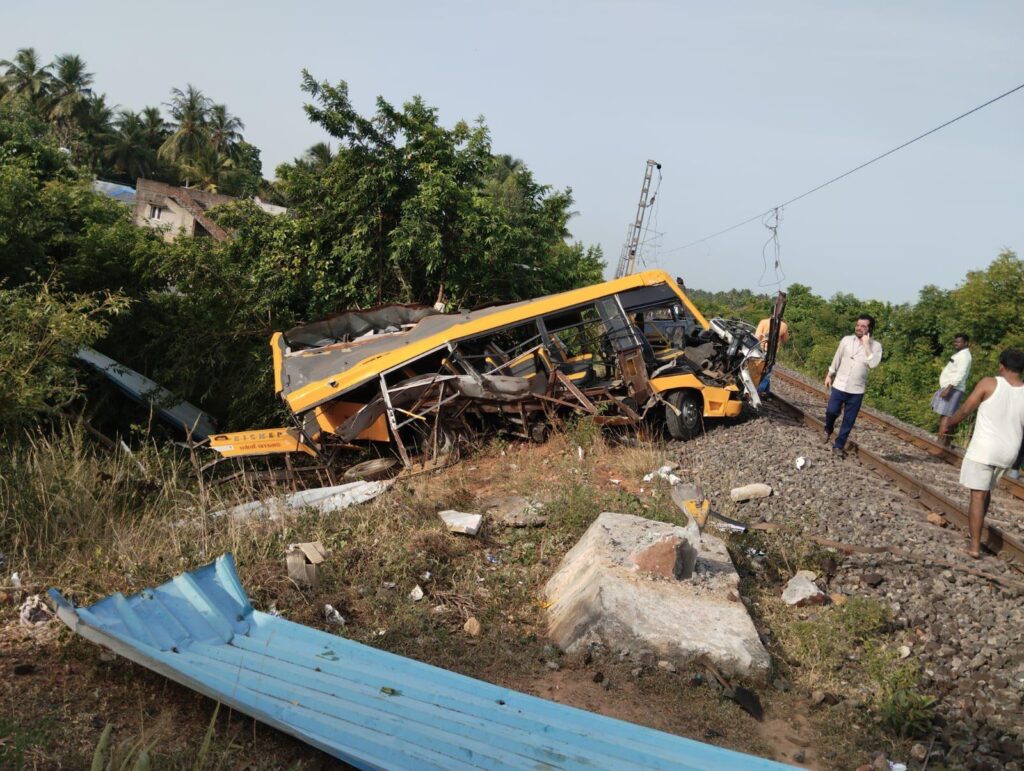Deadly Attacks Target Civilians and UN Assets in Jammu and Kashmir
On May 7, 2025, Pakistan shelling along the Line of Control (LoC) in Jammu and Kashmir, particularly in Poonch district, killed 13 civilians, including children, and damaged UN assets, following India’s Operation Sindoor. This operation, a retaliatory strike targeting terrorist infrastructure linked to the Pahalgam terror attack, intensified India-Pakistan tensions.
Pakistan’s Shelling Devastates Poonch and Nearby Sectors
Pakistan initiated unprovoked firing and heavy artillery shelling across the LoC in Poonch Kashmir, Kupwara, Baramulla, Uri, and Tangdhar, targeting civilian areas and a UN field station in Poonch district. The Poonch news reports 13 deaths, including women and children, and numerous injuries.
Pakistan has crossed all limits. Targeting civilians in Poonch, including innocent women & children is a cowardly, inhuman act. India strikes terrorists not innocents. Know the difference
— Dr Vivek Pandey (@Vivekpandey21) May 7, 2025
Prayers for people of J&K , LoC#OperationSindhoor #IndiaPakistanWar #IndiaPakistan pic.twitter.com/xExyfXt7Ff
Former Indian Army commando Havildar Mohd Khan, whose home in Uri was damaged, recounted the shelling starting at 1 a.m., escalating to heavy artillery fire that shook his house, forcing his family to flee. Shells caused extensive damage to homes and infrastructure, with Poonch Tangdhar and where is Poonch Rajouri trending as affected areas. The attack on a Poonch gurudwara further heightened local outrage, underscoring the civilian toll along the border.
Operation Sindoor: India’s Precise Counter-Terror Strikes
Operation Sindoor, launched on May 7, 2025, targeted nine militant camps in Pakistan and Pakistan-administered Kashmir (PoK), linked to the April 22 Pahalgam terror attack that killed 26 civilians, mostly tourists. The Indian Army used SCALP missiles and HAMMER bombs, ensuring precision to avoid Pakistani military facilities and minimize civilian casualties. The strikes, described as focused and effective, reportedly killed 26 militants, including key figures, and destroyed terrorist infrastructure. The Indian Army stated that Pakistan shelling was a retaliatory response to these strikes, which Pakistan condemned as a “blatant act of war,” vowing further Pakistan retaliation. India’s response to the shelling was proportionate, targeting Pakistani posts while maintaining restraint.
Escalating Tensions and Regional Implications
The LoC news reflects a volatile escalation, with Pakistan shelling targeting civilian and UN assets, prompting India to conduct blackout drills in border areas like Jammu and Kashmir. The Indian Army’s precision in Operation Sindoor contrasts with Pakistan’s indiscriminate attacks, which damaged civilian infrastructure in Poonch district and beyond. Lance Naik Dinesh Kumar, a local hero, was among those aiding evacuation efforts in Poonch Kashmir.
Soldier Dinesh Kumar Sharma lost his life in Pakistani shelling in Poonch.
— The Jaipur Dialogues (@JaipurDialogues) May 7, 2025
May Bhagwan Ram give him a place in his lotus feet.
Om Shanti🙏 pic.twitter.com/3waSvNMtA3
Pakistan’s claims of Indian aggression, coupled with unverified reports of downed aircraft, fuel misinformation. The United Nations and global leaders, including Donald Trump, have called for de-escalation, urging dialogue to prevent a broader conflict between these nuclear-armed neighbors. The shelling’s impact on Jammu news and Poonch news underscores the urgent need for diplomatic efforts to address the Kashmir conflict’s root causes.
In conclusion, Pakistan shelling in Poonch district and other LoC sectors has intensified India-Pakistan tensions following Operation Sindoor. The attacks, killing 13 civilians and damaging UN assets, highlight the human cost of this conflict. India’s precise missile strikes aimed to dismantle terrorist infrastructure, but Pakistan’s response has escalated the crisis. As Jammu and Kashmir reels from the violence, global calls for peace are critical to stabilizing the border region.


